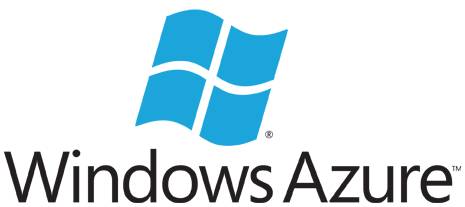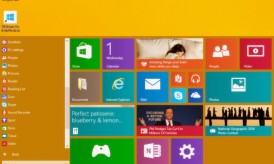Cloud computing has been seen as a bane to Microsoft’s business for years. Despite early efforts to release Microsoft Office productivity suite online through Microsoft Office Live, Microsoft has clearly been trailing the leaders in the cloud space for several years. In this last year, Microsoft Azure Cloud has gained a significant amount of industry traction and user acceptance, but the operating model of the cloud is still an issue for Microsoft.
The Microsoft Azure Cloud is a great platform from a technological perspective, but it is definitely a different operating model than what Microsoft is used to dealing with. The question on tech industry pendent’s minds is whether Microsoft can surprise in this new cloud reality.
Microsoft’s Azure Cloud environment offers a walled garden approach to the cloud that allows organizations who are heavily invested in Microsoft technology as well as new companies who need to set up their IT services on the cloud. The issue with Microsoft’s cloud offering, however, is not that the quality of their cloud offering, but the change in business model. Microsoft’s success is built off a history of highly profitable software products that have been at the core of personal computing for over fifteen years. Cloud service offerings are all about maintaining service levels with customers over the lifetime of a relationship. Traditional software distribution models, where Microsoft has found their success, is about working for an extended period of time in the development lab behind closed doors and then releasing their product to the public at a set price. Larger distribution means more profitability. In the services world, this does not work the same way.
Microsoft has finally seemed to bridge the gap between the new cloud computing model and its highly lucrative software distribution model. Microsoft has announced a new version of Windows Server that promises to be the new cloud-based operating system for web hosts. This summer at Microsoft’s Worldwide Partner Conference it announced the release of its new operating system software, Service Management Portal. The Service Management Portal is being called a white label version of its famous Windows Server operating system specially designed for web hosts on the cloud. For customers who are already utilizing Microsoft’s current Windows server software on their servers, the Service Management Portal offers a platform as a service cloud environment that has automatic scaling capabilities, internal and external plug-in that work through a new application programming interface (API) set and several other cloud tools for internal administrators and external customers. One of the most prominent new features is the ability to run web applications and deploy web applications through an easy to use console that can be customized by administrators and web hosting customers to fit their needs.
VMWare has been the clear leader in platform as a service offering for the past several years by creating a unified environment for administrators to manage multiple isolated virtual environments from a single administration console. This virtualization technology has been at the core to the success of cloud computing throughout recent years.
Now with the new cloud based Windows Server platform, Microsoft is making a strong play to promote its own virtualization engine called Hyper-V hypervisor over the current widely popular hypervisor platform provided by VMware. From an adoption strategy, Microsoft has an uphill battle as it attempts to dethrone the current virtualization king, VMware. However, partnerships have been announced that are working with Microsoft in the early stages of their cloud operating system. The biggest customer that is working in the Community Technology Preview mode is Go Daddy, which is sure to attract a lot of attention in the coming months.
















